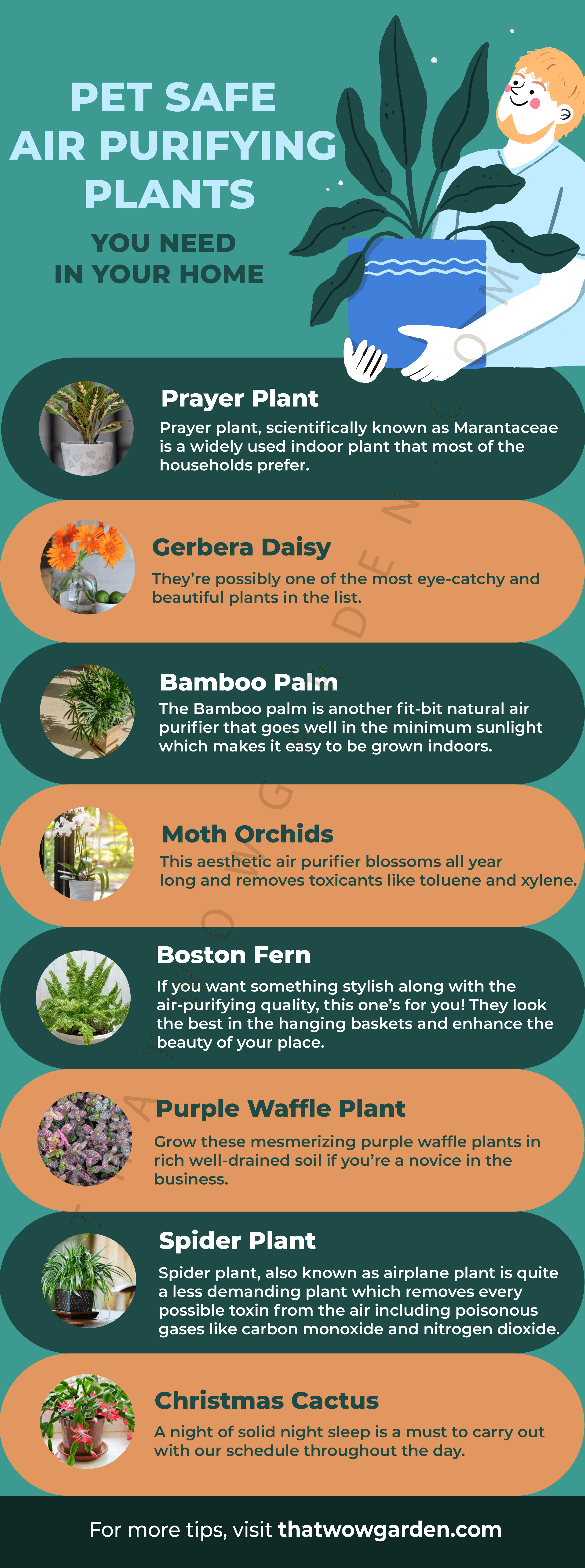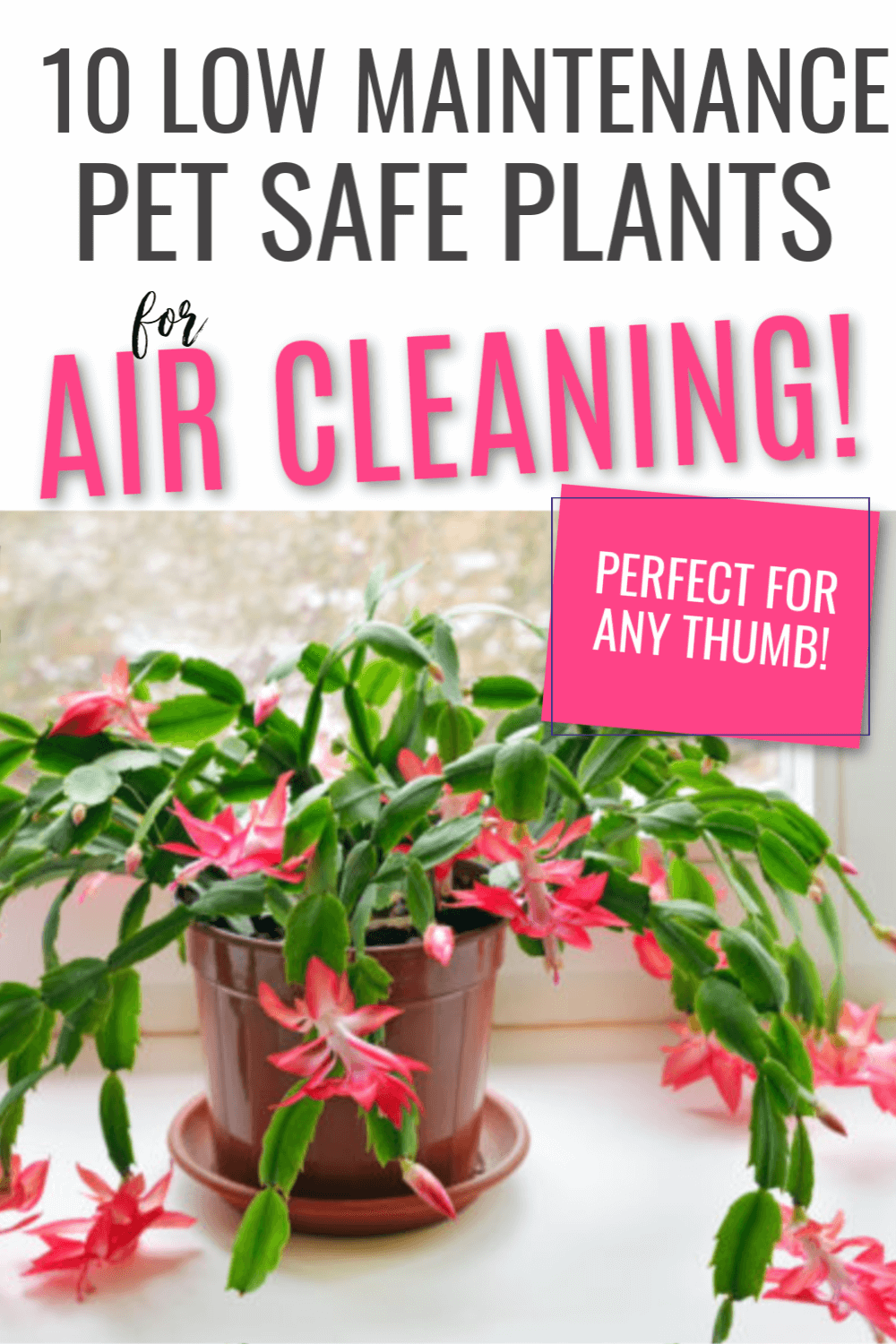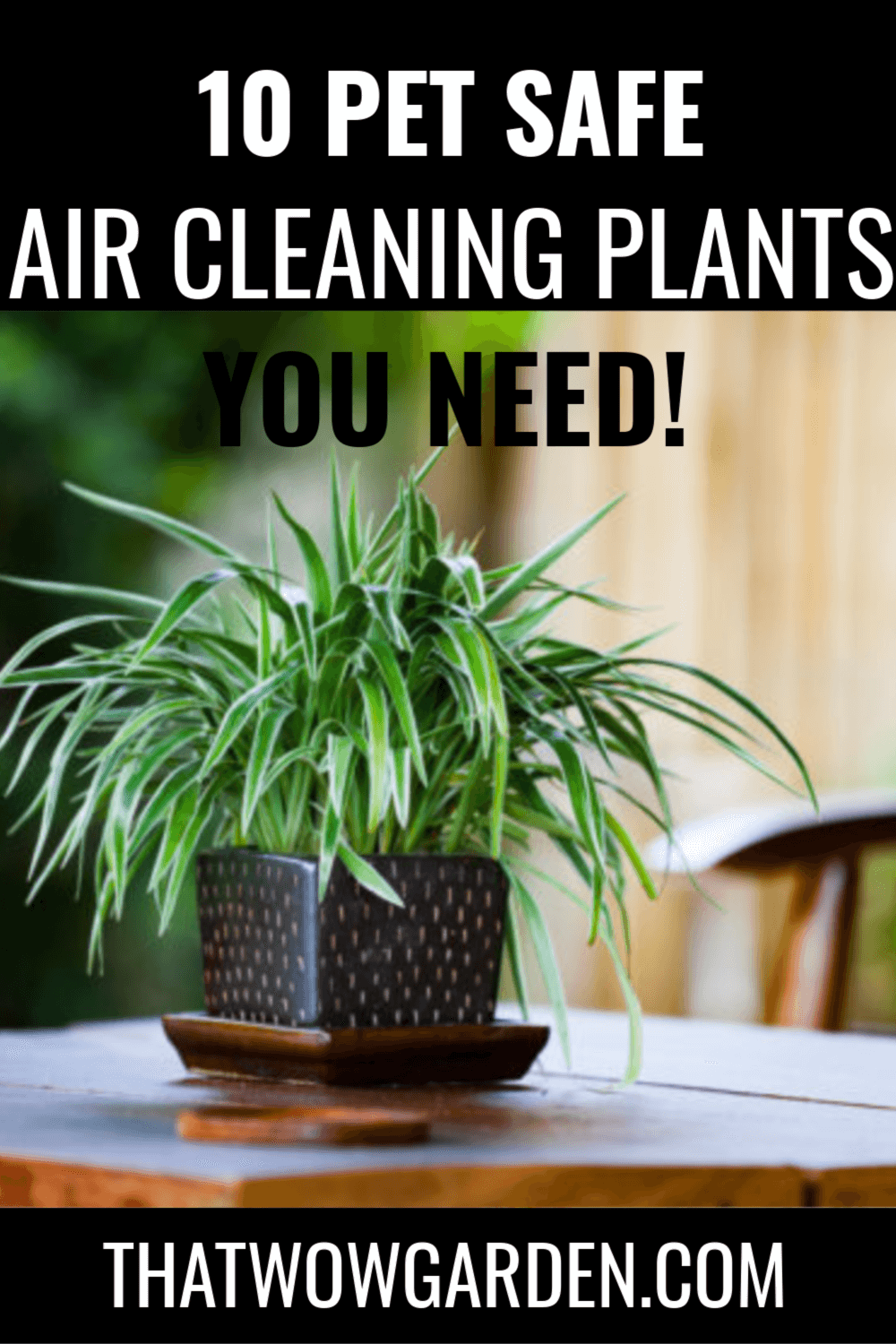Plants are downright the best way to add up liveliness and charm to our home decor. Besides, pollutants these days deteriorate the air quality index to a great extent and indoor plants provide us with a healthy environment to thrive in.
On the same, NASA conducted a study in 1989 which depicted the impact of toxicants on our home’s air quality. It states how the presence of houseplants in our homes helps in removing toxicants like benzene, formaldehyde, and trichloroethylene. They’re the unwanted particles that constantly perpetuate around us causing respiratory problems, burning sensation in eyes, and so on.
Some common indoor plants like peace lily, snake plants, and some varieties of palms are considered to be life-threatening to your pets.
You can find a large variety of houseplants in the market which usually provoke your pets and they end up ingesting them. Therefore, it’s vital for you to select the proper variety of indoor plants that can protect you from the repercussions of bad air quality and be friendly to your baby pets as well.
10 Pet Safe Air Purifying Plants You Need In Your Home
1. Prayer Plant
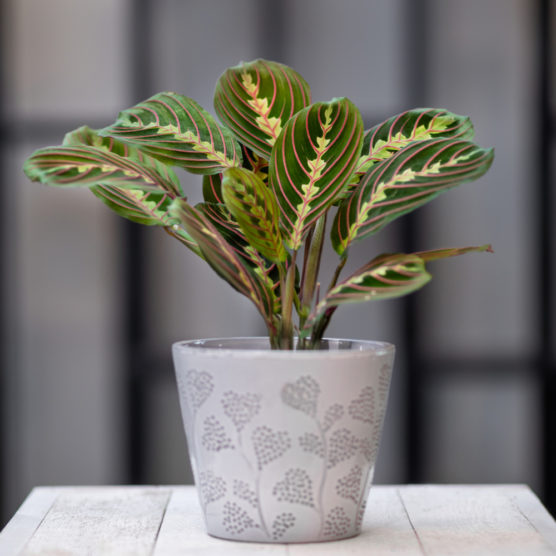
Prayer plant, scientifically known as Marantaceae is a widely used indoor plant that most of the households prefer. It folds upwards during the nighttime which seems like it’s praying (a plant that prays, wow!).
You can identify it with the rows of brown to dark green lines crossing its leaf midribs. They are the perfect fit for your indoors owing to their low sunlight requirement.
To ensure its efficiency, the soil must be evenly moist and you should never leave it dry. You will have to water it (and use an all-purpose fertilizer) every two weeks during the blossoming season and occasionally during the winters ( you see it’s not even asking for much ).
2. Gerbera Daisy
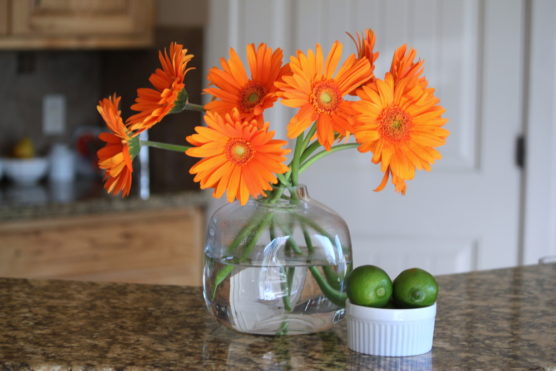
Fun fact? Gerbera daisies do not belong to the daisies family but to the sunflower family! They’re also known as African daisies and Gerbera Jamesonii.
They’re possibly one of the most eye-catchy and beautiful plants in the list. Known for producing high levels of oxygen and eradicating toxicants from the air at night. You will have to expose them to the direct sun for at least six hours during spring, summer, and fall, and to the indirect sun during winter.
Coming to its watering, just make sure the soil is moist.
3. Bamboo Palm
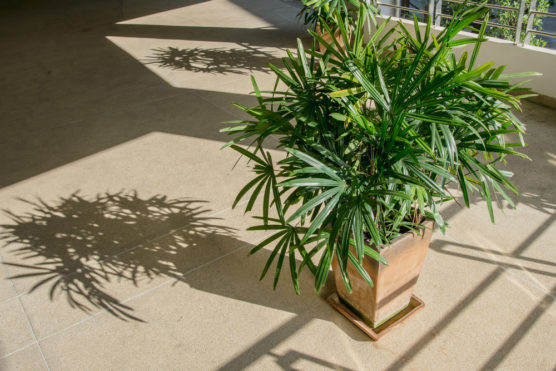
The Bamboo palm is another fit-bit natural air purifier that goes well in the minimum sunlight which makes it easy to be grown indoors. Feed them water adequately (keeping the soil moist) during the summer and spring without letting the presence of standing water.
In addition to giving out oxygen, bamboo palms also pump out moisture in the air and can be apt for the houses in dry regions.
They entice spider mites that degrade all the leaves, so you’ll have to beware of these uninvited guests. To avoid them, you must wash the leaves with soap water regularly.
4. Moth Orchids

This aesthetic air purifier blossoms all year long and removes toxicants like toluene and xylene. It’s a sight to behold and is easy to maintain (requires a moderate amount of sunlight and watering less frequently).
Apart from purifying the air, it is believed to purify your mental health as well. Although, every plant does that as they provide a natural vibe but this one reduces depression and some chronic cardiovascular diseases. It also reduces the risk of allergies and seasonal flu in the ones who live in its vicinity.
All in all, you’re getting a purifier and a therapist at the same time!
5. Boston Fern
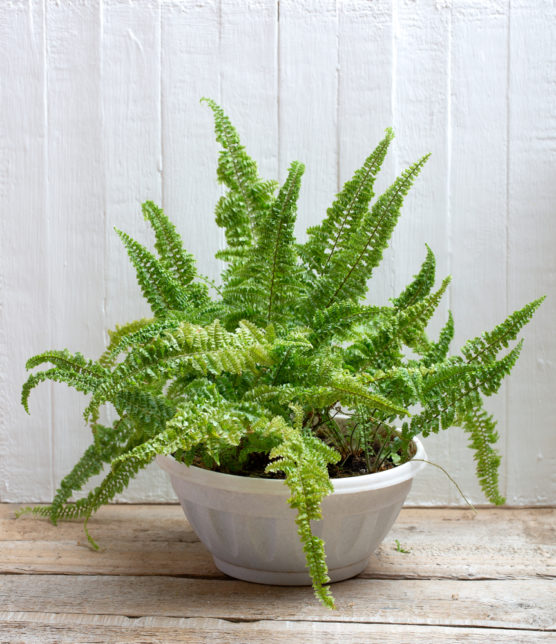
If you want something stylish along with the air-purifying quality, this one’s for you! They look the best in the hanging baskets and enhance the beauty of your place.
Boston ferns are comparatively high maintenance plants. They grow best in restricted indirect sunlight with lesser watering requirements. The soil should be moist and they thrive to their finest potential in humid and cool regions. They require monthly fertilizer.
Boston ferns eradicate more formaldehyde as compared to other plants, so you know they are worth all the effort they ask for.
6. Purple Waffle Plant
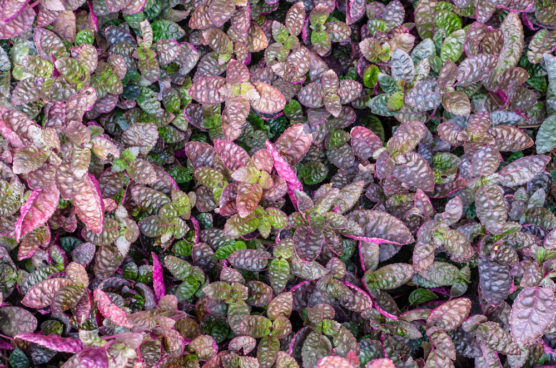
Grow these mesmerizing purple waffle plants in rich well-drained soil if you’re a novice in the business. They mainly thrive on regular watering and in warm regions. Don’t expose them to the direct sun or else you’ll ruin the whole plant, at least six hours of sunlight will suffice to maintain its flamboyant colors.
It can grow at a moderate to fast pace, so be vigilant about the repotting and stuff. Prune the outgrowing shoots that touch the soil as it may hinder the growth of the plant.
7. Spider Plant
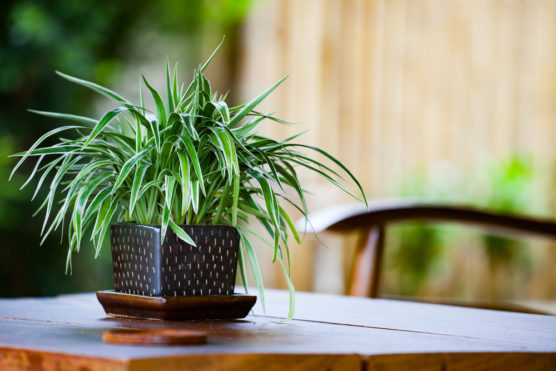
Spider plant, also known as airplane plant is quite a less demanding plant which removes every possible toxin from the air including poisonous gases like carbon monoxide and nitrogen dioxide. Inhalation of these gases can even result in death.
If you’re bad at keeping up with the schedules, this can be your go-to plant any day. You just need to water them adequately during the summer and moderately during the winter. They can grow in low sunlight, however direct sunlight is required for its best growth.
Even if you don’t take care of your spider plant, it’s hard to kill these resilient plants as they can thrive in the slightest possibility of life sources.
8. Christmas Cactus
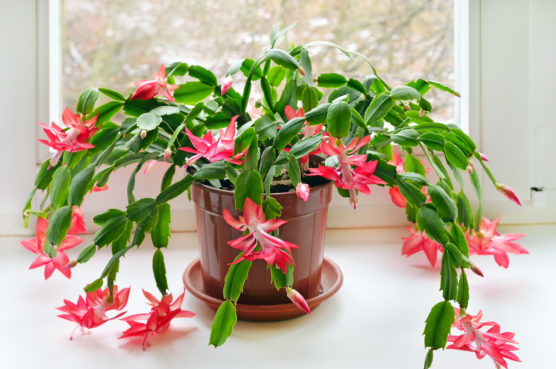
A night of solid night sleep is a must to carry out with our schedule throughout the day. Christmas cactus is going to provide you better sleeping hours as they pump out oxygen during the nighttime rather than throughout the day.
The plant usually blossoms around the Christmas season, that’s why it is called so. It can provide a vibrant decor to your home and office as well. Water sparingly during winter and regularly in summer ( let the soil dry in between ).
Feed fertilizers every two weeks in summer and cease the supply of fertilizer in the winter season.
9. Cast Iron Plant
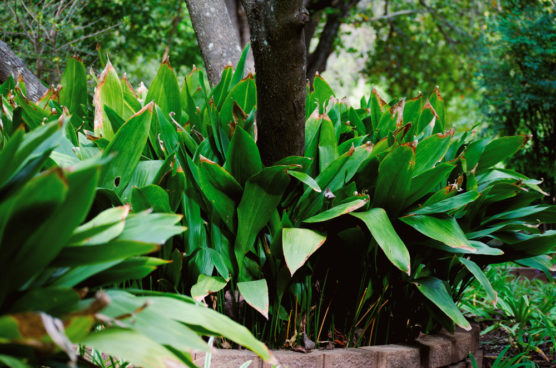
The cast iron plant derives this name from its resilient characteristic as it can withstand the highest level of negligence ( a legit iron plant ). However, some basic supplies have to be met in order for it to grow. They can blossom in low sunlight, still, a well-lit place is recommended ( avoid exposure to direct sun ).
Supply the liquid fertilizer every once in a month from spring to summer season. Well-drained soil is highly appreciated. Considering the temperature, approximately 60°F – 75°F turns out to be the best fit, however, they can bear with the lower temperatures as well.
10. Money Plant
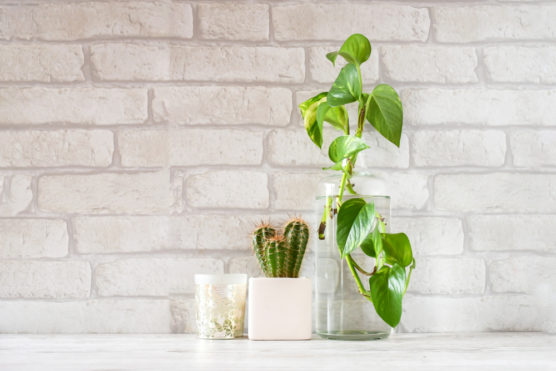
As a child, I was a firm believer that we can grow money using money plants ( well, I was a kid back then ). The money plant is popularly used as a houseplant in Asia and Australia.
Most of the plants release carbon dioxide during the night, contrary to this money plant produces oxygen at night. It’s a climber that can reach up to 30 to 40 feet tall. Water every eight to ten days and allow the soil to dry in between the waterings. Don’t overwater as it may rot the roots.
No fertilizer is required as such and it can grow in both direct and indirect sunlight.
These plants will not only combat the air pollution inside your homes but will also be gentle to your lovely pets. Also, they’re going to save you from big fat hospital bills.
